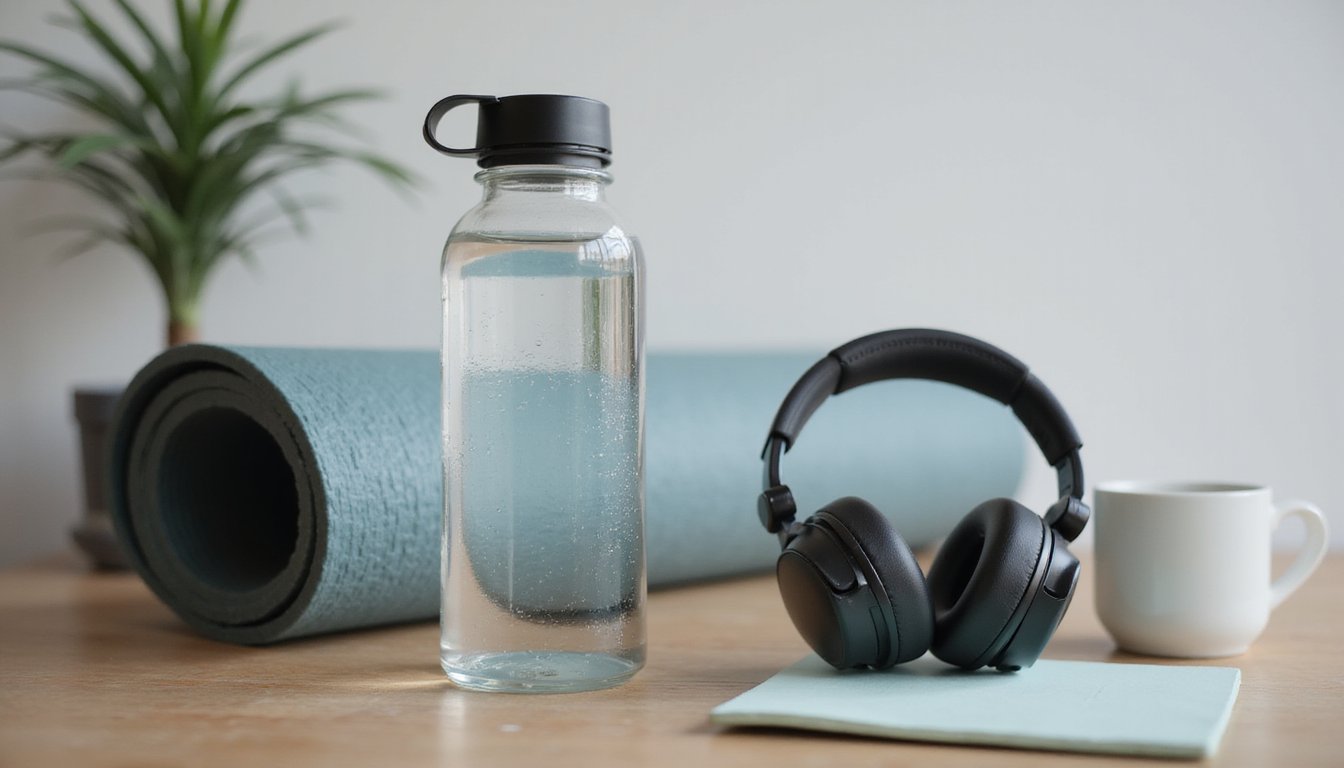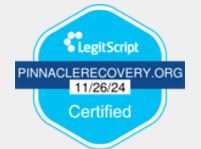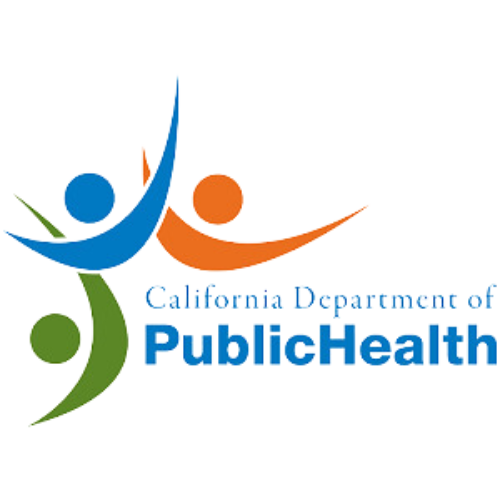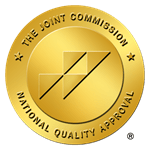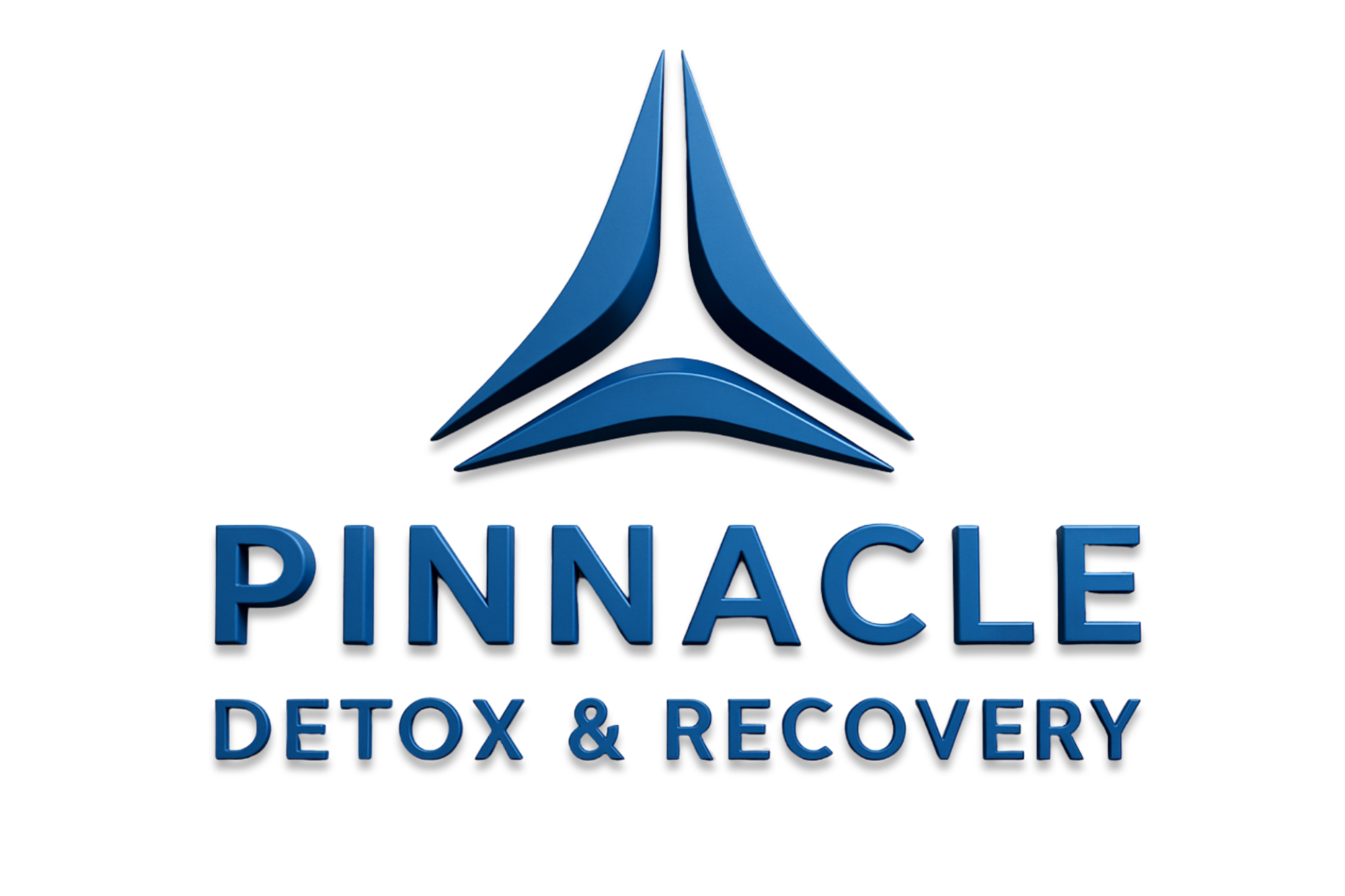The most effective
relapse prevention methods combine cognitive behavioral therapy (CBT),
mindfulness practices, and medication-assisted treatment (MAT). You'll reduce relapse risk by up to 60% through CBT's behavioral skills and thought restructuring, while mindfulness helps you manage cravings without reacting. A personalized prevention strategy should include trigger identification, sleep hygiene, and environmental controls. Professional monitoring and peer support strengthen your recovery framework. Understanding the science behind these
evidence-based approaches can transform your prevention plan.
Understanding the Science Behind Relapse Prevention Therapy
While
addiction recovery requires multiple interventions, understanding the
neurobiological mechanisms of
relapse serves as a critical foundation for effective treatment. The relapse dynamics involve complex interactions between your
brain's reward system disruption and
stress responses, which can trigger intense
cravings even after periods of sobriety.
Cognitive therapy tools can effectively rewire these neural pathways and promote healthier thinking patterns. Modern treatment approaches incorporate
mindful meditation practices to help individuals become more aware of their triggers and emotional states.
Your brain has undergone significant changes through chronic substance use, affecting
synaptic plasticity and making you more vulnerable to relapse triggers. When you encounter specific cues associated with past substance use, they activate conditioned responses in your neural pathways, potentially overwhelming your self-control mechanisms. Recognizing relapse as
a process, not event helps you identify and address warning signs before physical relapse occurs. However, you can develop resilience by engaging in targeted therapies that help regulate these disrupted brain circuits. Through evidence-based interventions focusing on stress management and emotional regulation, you'll strengthen your ability to resist relapse triggers and maintain recovery.
Building a Strong Foundation With CBT and Mindfulness
Two evidence-based approaches form the cornerstone of effective relapse prevention: Cognitive Behavioral Therapy (CBT) and mindfulness practices. Through behavioral skill development and cognitive restructuring techniques, you'll learn to identify triggers and modify harmful thought patterns. The therapy helps patients understand how
thoughts and behaviors interconnect. Research shows CBT can reduce relapse rates by up to 60% while mindfulness amplifies your awareness of cravings without automatic reactions. Combining CBT with
individual therapy sessions helps rebuild trust and improve communication within support networks. Weekly therapeutic interventions over a
four-week period have shown promising results in reducing relapse rates among drug users.
| CBT Components |
Mindfulness Benefits |
| Automatic thought challenging |
Present-moment awareness |
| Stress management training |
Emotional regulation |
| Drug refusal skills |
Reduced impulsivity |
| Behavioral experiments |
Craving management |
| Scenario planning |
Stress reduction |
Your recovery success increases when you combine these approaches with individualized treatment plans and strong support systems. This integrated foundation helps you develop lasting insights, coping mechanisms, and heightened self-efficacy for sustainable recovery.
Creating Your Personalized Prevention Strategy
Successfully preventing relapse requires a
personalized strategy that addresses your unique
risk factors and circumstances. Through
habit tracking and detailed self-monitoring, you'll identify both internal triggers (thoughts, emotions) and external triggers (people, situations) that put you at risk. This data helps establish personalized therapy goals and informs your written prevention plan.
Mindful urge surfing can help you gain control over sudden
cravings by viewing them as temporary waves that will pass.
Sleep hygiene practices are essential since inadequate rest significantly increases vulnerability to relapse.
Your plan should include specific action steps for responding to cravings, a current list of support contacts, and proven coping strategies like relaxation techniques or positive self-talk. Regular engagement with
peer support groups and careful management of your social connections further strengthen your prevention framework. Update your plan frequently to reflect new challenges and circumstances, and work with healthcare providers to refine interventions based on your individual
risk profile.
Environmental Controls and Daily Routine Optimization
Environmental controls must be your initial priority in preventing relapse, so you'll need to systematically remove
substance-related triggers and paraphernalia from your living spaces. You'll strengthen your recovery by establishing
structured daily routines that include adequate sleep, regular meals, exercise, and stress-reduction activities like meditation or yoga. Research shows that exposure to
non-contingent enrichment activities significantly reduces drug cravings and relapse risk when maintained consistently over time. Creating
supportive environments extends beyond your home to include managing workplace risks and building connections with sober social networks that reinforce your commitment to recovery. Building an organized and
decluttered living space helps maintain mental clarity when working through recovery challenges.
Remove Triggers and Temptations
A critical component of relapse prevention lies in systematically removing substance-related triggers and optimizing daily routines. Research shows that eliminating paraphernalia and modifying your environment extensively reduces relapse risk through decreased exposure to conditioned cues. Family involvement and lifestyle redesign play pivotal roles in maintaining a substance-free space.
Natural light exposure through strategic room arrangement and window access can significantly enhance mood regulation and recovery success. Studies demonstrate that
distinctive environmental contexts can powerfully trigger relapse in individuals with alcohol use disorders. You'll need to regularly audit your spaces, modify routes to avoid trigger locations, and establish new routines during vulnerable times. Studies confirm that consistent environmental controls, combined with family support in maintaining trigger-free zones, improve long-term recovery outcomes.
| Action Steps |
Expected Benefits |
| Remove all substance-related items |
Reduces visual triggers and cravings |
| Avoid high-risk locations |
Prevents exposure to use-associated contexts |
| Restructure daily schedules |
Disrupts established use patterns |
| Create supportive home environment |
Strengthens recovery through family support |
Structure Daily Recovery Activities
Building
effective daily routines serves as a cornerstone of
sustained addiction recovery, with research demonstrating that
structured activities markedly reduce relapse risks. By implementing
systematic activity scheduling and daily task completion strategies, you'll establish the stability necessary for long-term sobriety. Focus on integrating therapeutic sessions, support groups, and healthy lifestyle practices into your daily schedule.
Daily scheduling habits promote neural pathway strengthening that helps reprogram addictive behavioral patterns. Incorporating
regular walking sessions into your routine provides a safe and accessible form of physical activity that supports recovery outcomes. Maintaining
essential self-care practices through therapy appointments, journaling, and recovery meetings helps sustain long-term wellness.
- Structure your day with consistent wake times, planned meals, and dedicated self-care periods to maintain emotional balance and prevent psychological fatigue
- Break down recovery goals into manageable tasks, using checklists to track progress and build confidence through regular achievements
- Schedule mindfulness practices, exercise, and substance-free recreational activities to fill your time with meaningful engagement and strengthen your recovery foundation
Build Supportive Living Spaces
Beyond daily scheduling, creating supportive living spaces serves as a powerful defense against
relapse triggers. You'll need to minimize exposure to high-risk locations and former using circles while maximizing time in
recovery-oriented environments.
Community recovery programs and family involvement in treatment can help establish these protective boundaries.
Structure your living space to promote healthy activities through
visual cues and organized areas for exercise, meal preparation, and relaxation. Research shows that exposure to
natural environments greatly reduces stress and anxiety, making
nature-based activities valuable additions to your recovery routine. Consider incorporating plants, natural light, and calming colors into your surroundings. Living with non-using, supportive individuals boosts accountability, while maintaining a clutter-free, predictable environment helps manage stress and supports consistent recovery behaviors.
The Power of Social Support Networks and Peer Programs
Social support networks and
peer programs serve as essential pillars in
addiction recovery, with
research demonstrating their substantial impact on
treatment outcomes. Studies show that effective
social network dynamics can lead to 20% more days of abstinence over two years compared to traditional case management. Group therapy effectiveness is particularly evident in programs like AA and Oxford Houses, where peer support creates accountability and reinforces abstinence behaviors.
Peer support programs significantly boost recovery success, offering structured accountability and proven increases in long-term sobriety compared to traditional treatment approaches.
- You'll experience reduced anxiety, depression, and stress when surrounded by recovery-focused peers who understand your path
- You can increase your abstinence-related self-efficacy through structured peer engagement and role modeling
- You'll gain practical assistance for daily challenges while building lasting connections that protect against relapse
Research confirms that larger,
recovery-oriented social networks correlate directly with improved treatment retention and sustained sobriety through amplified
emotional resilience and stress reduction.
Recovery Resilience: Learning From Setbacks and Moving Forward

You'll find that viewing setbacks in recovery as opportunities for growth can strengthen your
resilience and improve future relapse prevention strategies. Through mindfulness-based techniques and cognitive reappraisal, you can develop stronger
emotional regulation skills and reduce the impact of relapse triggers. Your ability to learn from past episodes, combined with consistent social support, will bolster your
psychological flexibility and create a more sustainable path to recovery.
Embracing Growth Through Setbacks
Research consistently demonstrates that developing
resilience in recovery serves as a powerful buffer against relapse, particularly after the initial three months of abstinence. Your ability to
transform setbacks into emotional growth opportunities directly influences your long-term recovery success. Studies show that individuals who
reframe adversity insights through
adaptive thinking develop stronger coping mechanisms and demonstrate lower relapse rates.
- You'll build psychological resilience through structured reflection on past challenges, enabling better future decision-making
- Your recovery strengthens when you view setbacks as learning experiences rather than failures
- You're more likely to maintain sobriety when you develop flexible responses to obstacles through evidence-based interventions
Clinical evidence supports incorporating
mindfulness-based techniques and
cognitive behavioral strategies to bolster your resilience and improve relapse prevention outcomes.
Building Mindful Recovery Skills
Three foundational mindfulness-based interventions have transformed modern addiction recovery approaches. Through neurofeedback training and structured mindfulness practices, you'll develop essential relapse prevention skills that strengthen your prefrontal cognitive control networks.
| Mindful Recovery Component |
Clinical Benefit |
| Present-Moment Awareness |
Reduces rumination and future anxiety |
| Acceptance & Decentering |
Enables effective "urge surfing" |
| Cognitive Reappraisal |
Improves stress response management |
| Attentional Control |
Boosts focus away from triggers |
You'll learn to identify triggers while building distress tolerance through evidence-based techniques like body scans and mindful breathing. Research shows these practices significantly reduce substance dependence and craving intensity. When combined with standard treatments, mindfulness-based interventions augment overall recovery outcomes by improving emotion regulation and psychological resilience. This extensive approach helps you maintain long-term sobriety through conscious decision-making rather than automatic responses to cravings.
Frequently Asked Questions
How Long Does It Typically Take for Addiction Cravings to Diminish?
You'll experience
peak cravings within the initial few days to weeks after quitting, but the timeline varies by substance. While acute cravings typically last
5-30 minutes, they can persist for months or even years. Your success in managing them depends on developing effective coping mechanisms and maintaining strong social support networks. Duration is influenced by your substance use history, with
longer periods of use typically resulting in more persistent cravings.
Can Specific Foods or Supplements Help Reduce Cravings During Recovery?
Yes, certain
nutritional supplements and dietary interventions can help reduce your cravings during recovery. You'll benefit from
omega-3 fatty acids, magnesium, vitamin D, and zinc supplements if you're deficient. You should focus on eating nutrient-dense whole foods rich in complex carbohydrates and protein while avoiding processed foods. Specific amino acid supplements may help during
opiate detox. However, you'll get the best results by combining targeted supplementation with a comprehensive, well-rounded diet.
What Percentage of People Maintain Long-Term Sobriety After Their First Attempt?
Based on clinical data, you'll find that maintaining
long-term sobriety after your initial recovery attempt has a relatively low success rate. The
relapse probability is between 40-60% in total, with over 30% experiencing relapse within the inaugural year alone. Your
sobriety maintenance rate drastically improves with time, with only 21.4% relapse in the second year, and this drops to just 7.2% after five years of continuous sobriety.
Does Genetics Influence the Likelihood of Relapse in Addiction Recovery?
Yes, your
genetic predisposition greatly influences your likelihood of relapse during
addiction recovery. Research shows that specific gene variants, including GABRA2, OPRM1, and DRD2, can affect how your brain processes rewards and responds to stress. However, it's crucial to understand that genetics isn't destiny; environmental factors interact with your
genetic makeup to influence recovery outcomes. You can overcome genetic vulnerabilities through targeted treatment strategies and robust support systems.
How Do Seasonal Changes and Weather Patterns Affect Relapse Rates?
Your risk of relapse can markedly increase during
seasonal changes, especially in fall and winter months. If you have seasonal affective disorder (SAD), you're particularly vulnerable to mood fluctuations that may trigger substance use.
Weather-related triggers, like prolonged cold snaps or overcast days, can augment
relapse rates by 10-15%. You'll face additional challenges from reduced daylight, which often leads to social isolation and disrupted recovery routines, potentially escalating relapse risk by up to 30%.
 While addiction recovery requires multiple interventions, understanding the neurobiological mechanisms of relapse serves as a critical foundation for effective treatment. The relapse dynamics involve complex interactions between your brain's reward system disruption and stress responses, which can trigger intense cravings even after periods of sobriety. Cognitive therapy tools can effectively rewire these neural pathways and promote healthier thinking patterns. Modern treatment approaches incorporate mindful meditation practices to help individuals become more aware of their triggers and emotional states.
Your brain has undergone significant changes through chronic substance use, affecting synaptic plasticity and making you more vulnerable to relapse triggers. When you encounter specific cues associated with past substance use, they activate conditioned responses in your neural pathways, potentially overwhelming your self-control mechanisms. Recognizing relapse as a process, not event helps you identify and address warning signs before physical relapse occurs. However, you can develop resilience by engaging in targeted therapies that help regulate these disrupted brain circuits. Through evidence-based interventions focusing on stress management and emotional regulation, you'll strengthen your ability to resist relapse triggers and maintain recovery.
While addiction recovery requires multiple interventions, understanding the neurobiological mechanisms of relapse serves as a critical foundation for effective treatment. The relapse dynamics involve complex interactions between your brain's reward system disruption and stress responses, which can trigger intense cravings even after periods of sobriety. Cognitive therapy tools can effectively rewire these neural pathways and promote healthier thinking patterns. Modern treatment approaches incorporate mindful meditation practices to help individuals become more aware of their triggers and emotional states.
Your brain has undergone significant changes through chronic substance use, affecting synaptic plasticity and making you more vulnerable to relapse triggers. When you encounter specific cues associated with past substance use, they activate conditioned responses in your neural pathways, potentially overwhelming your self-control mechanisms. Recognizing relapse as a process, not event helps you identify and address warning signs before physical relapse occurs. However, you can develop resilience by engaging in targeted therapies that help regulate these disrupted brain circuits. Through evidence-based interventions focusing on stress management and emotional regulation, you'll strengthen your ability to resist relapse triggers and maintain recovery.
 Successfully preventing relapse requires a personalized strategy that addresses your unique risk factors and circumstances. Through habit tracking and detailed self-monitoring, you'll identify both internal triggers (thoughts, emotions) and external triggers (people, situations) that put you at risk. This data helps establish personalized therapy goals and informs your written prevention plan. Mindful urge surfing can help you gain control over sudden cravings by viewing them as temporary waves that will pass. Sleep hygiene practices are essential since inadequate rest significantly increases vulnerability to relapse.
Your plan should include specific action steps for responding to cravings, a current list of support contacts, and proven coping strategies like relaxation techniques or positive self-talk. Regular engagement with peer support groups and careful management of your social connections further strengthen your prevention framework. Update your plan frequently to reflect new challenges and circumstances, and work with healthcare providers to refine interventions based on your individual risk profile.
Successfully preventing relapse requires a personalized strategy that addresses your unique risk factors and circumstances. Through habit tracking and detailed self-monitoring, you'll identify both internal triggers (thoughts, emotions) and external triggers (people, situations) that put you at risk. This data helps establish personalized therapy goals and informs your written prevention plan. Mindful urge surfing can help you gain control over sudden cravings by viewing them as temporary waves that will pass. Sleep hygiene practices are essential since inadequate rest significantly increases vulnerability to relapse.
Your plan should include specific action steps for responding to cravings, a current list of support contacts, and proven coping strategies like relaxation techniques or positive self-talk. Regular engagement with peer support groups and careful management of your social connections further strengthen your prevention framework. Update your plan frequently to reflect new challenges and circumstances, and work with healthcare providers to refine interventions based on your individual risk profile.
 You'll find that viewing setbacks in recovery as opportunities for growth can strengthen your resilience and improve future relapse prevention strategies. Through mindfulness-based techniques and cognitive reappraisal, you can develop stronger emotional regulation skills and reduce the impact of relapse triggers. Your ability to learn from past episodes, combined with consistent social support, will bolster your psychological flexibility and create a more sustainable path to recovery.
You'll find that viewing setbacks in recovery as opportunities for growth can strengthen your resilience and improve future relapse prevention strategies. Through mindfulness-based techniques and cognitive reappraisal, you can develop stronger emotional regulation skills and reduce the impact of relapse triggers. Your ability to learn from past episodes, combined with consistent social support, will bolster your psychological flexibility and create a more sustainable path to recovery.


 You'll find that viewing setbacks in recovery as opportunities for growth can strengthen your resilience and improve future relapse prevention strategies. Through mindfulness-based techniques and cognitive reappraisal, you can develop stronger emotional regulation skills and reduce the impact of relapse triggers. Your ability to learn from past episodes, combined with consistent social support, will bolster your psychological flexibility and create a more sustainable path to recovery.
You'll find that viewing setbacks in recovery as opportunities for growth can strengthen your resilience and improve future relapse prevention strategies. Through mindfulness-based techniques and cognitive reappraisal, you can develop stronger emotional regulation skills and reduce the impact of relapse triggers. Your ability to learn from past episodes, combined with consistent social support, will bolster your psychological flexibility and create a more sustainable path to recovery.
